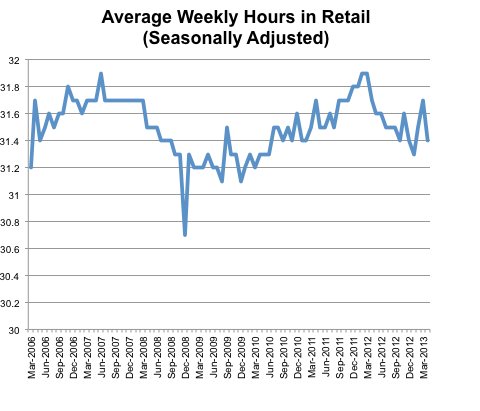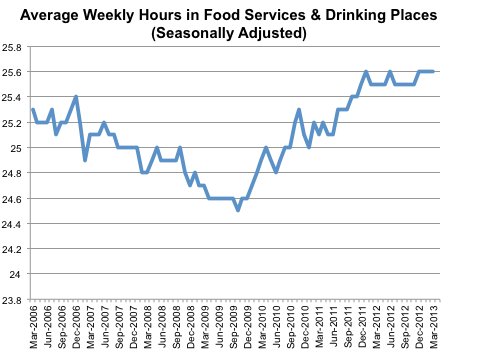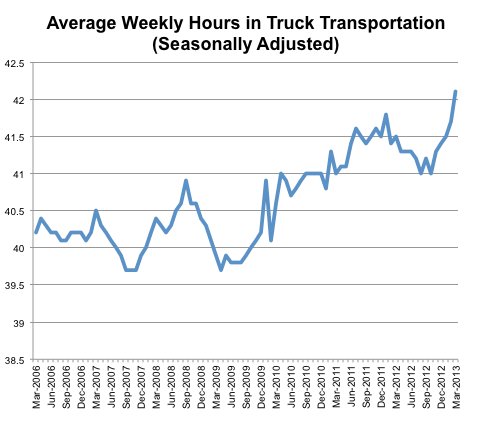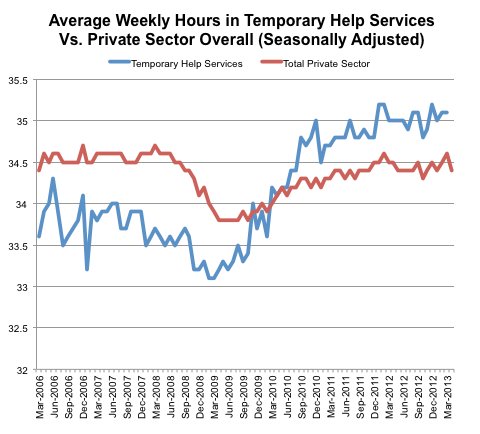The Conference Board, a business research group, said on Thursday that its index of leading indicators increased 0.6 percent last month to a reading of 96. There was no change in June and a 0.2 percent increase in May. The index is composed of several previously released pieces of data and can signal economic conditions over the next three to six months.
The solid gain suggests that economic growth is picking up after a weak start. The economy grew at an annual rate of 1.4 percent from January through June. Many economists say that growth could improve to a 2.5 percent rate in the second half of 2013.
The pace of growth measured by the index over the last six months has nearly doubled, “pointing to a gradually strengthening expansion through the end of the year,” said Ataman Ozyildirim, an economist at the Conference Board.
Eight of the 10 components of the index were positive in July. Higher stock prices, more requests for building permits and a decline in weekly applications for unemployment benefits made the biggest contributions.
The only measures to decrease were the average manufacturing workweek and orders for manufactured goods, which signal business investment plans.
A separate report on Thursday showed that the number of Americans applying for jobless benefits rose last week after reaching the lowest level in more than five years. But the broader trend suggests that companies are laying off fewer employees and could step up hiring in the months ahead.
The Labor Department said applications for first-time benefits rose 13,000 to a seasonally adjusted 336,000 in the week ended Saturday. The four-week average, which smooths out week-to-week fluctuations, fell 2,250, to 330,500. That is the sixth consecutive decline and the lowest for the average since November 2007.

Article source: http://www.nytimes.com/2013/08/23/business/economy/indicators-offer-hope-for-stronger-growth.html?partner=rss&emc=rss




